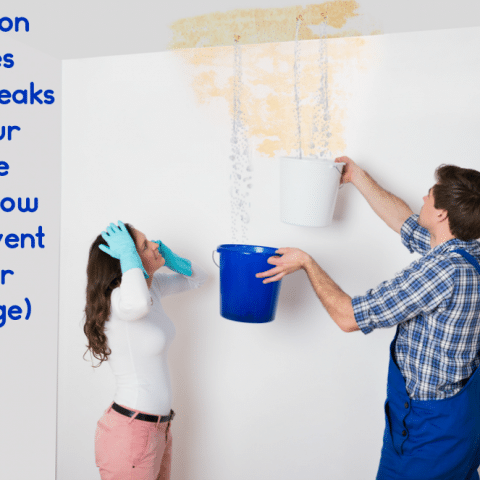Unveil Hidden Water Line Leaks: 6 Tested Finding Techniques
Unveil Hidden Water Line Leaks: 6 Tested Finding Techniques
Blog Article
How do you really feel in relation to Finding hidden leaks?

Early discovery of leaking water lines can mitigate a potential calamity. Some small water leakages may not be visible.
1. Examine the Water Meter
Every home has a water meter. Examining it is a surefire way that assists you uncover leakages. For starters, shut off all the water resources. Make certain no one will flush, utilize the tap, shower, run the cleaning device or dishwasher. From there, most likely to the meter as well as watch if it will transform. Considering that no one is utilizing it, there ought to be no movements. If it moves, that shows a fast-moving leak. If you find no changes, wait a hr or 2 as well as inspect back once again. This indicates you may have a slow leakage that might even be below ground.
2. Inspect Water Intake
If you detect unexpected modifications, in spite of your usage being the same, it implies that you have leaks in your plumbing system. A sudden spike in your bill indicates a fast-moving leak.
Meanwhile, a constant boost every month, despite the same routines, reveals you have a slow leak that's additionally slowly escalating. Call a plumber to completely inspect your residential or commercial property, particularly if you feel a warm area on your floor with piping beneath.
3. Do a Food Coloring Test
When it comes to water usage, 30% comes from toilets. If the shade in some way infiltrates your dish during that time without flushing, there's a leak in between the storage tank and bowl.
4. Asses Outside Lines
Do not neglect to check your outdoor water lines also. Needs to water permeate out of the connection, you have a loose rubber gasket. One little leakage can lose heaps of water as well as spike your water costs.
5. Check as well as Analyze the Scenario
Property owners must make it a behavior to examine under the sink counters as well as also inside cabinets for any kind of bad odor or mold development. These two red flags suggest a leak so prompt focus is called for. Doing regular inspections, even bi-annually, can save you from a significant issue.
More significantly, if you recognize your home is already old, keep a watchful eye on your heating units, hose pipes, pipes and so on. Check for stainings and also damaging as a lot of home appliances and pipelines have a life span. They will additionally normally weaken as a result of tear and use. If you think dripping water lines in your plumbing system, don't await it to escalate. Call an expert plumber as soon as possible so you do not wind up with an awful mess in your home.
Early discovery of leaking water lines can minimize a potential catastrophe. Some little water leaks may not be noticeable. Checking it is a guaranteed method that aids you discover leaks. One small leakage can waste lots of water and also increase your water bill.
If you think leaking water lines in your plumbing system, do not wait for it to intensify.
WARNING SIGNS OF WATER LEAKAGE BEHIND THE WALL
PERSISTENT MUSTY ODORS
As water slowly drips from a leaky pipe inside the wall, flooring and sheetrock stay damp and develop an odor similar to wet cardboard. It generates a musty smell that can help you find hidden leaks.
MOLD IN UNUSUAL AREAS
Mold usually grows in wet areas like kitchens, baths and laundry rooms. If you spot the stuff on walls or baseboards in other rooms of the house, it’s a good indicator of undetected water leaks.
STAINS THAT GROW
When mold thrives around a leaky pipe, it sometimes takes hold on the inside surface of the affected wall. A growing stain on otherwise clean sheetrock is often your sign of a hidden plumbing problem.
PEELING OR BUBBLING WALLPAPER / PAINT
This clue is easy to miss in rooms that don’t get much use. When you see wallpaper separating along seams or paint bubbling or flaking off the wall, blame sheetrock that stays wet because of an undetected leak.
BUCKLED CEILINGS AND STAINED FLOORS
If ceilings or floors in bathrooms, kitchens or laundry areas develop structural problems, don’t rule out constant damp inside the walls. Wet sheetrock can affect adjacent framing, flooring and ceilings.
https://www.servicemasterbyzaba.com/blog/how-to-detect-water-leakage-in-walls/
.jpg)
As a serious reader about Locating water leaks, I thought sharing that piece of content was a smart idea. Don't hesitate to take the time to share this write-up if you liked it. We recognize the value of reading our article about Top leak detection hacks.
Professional service available. Report this page